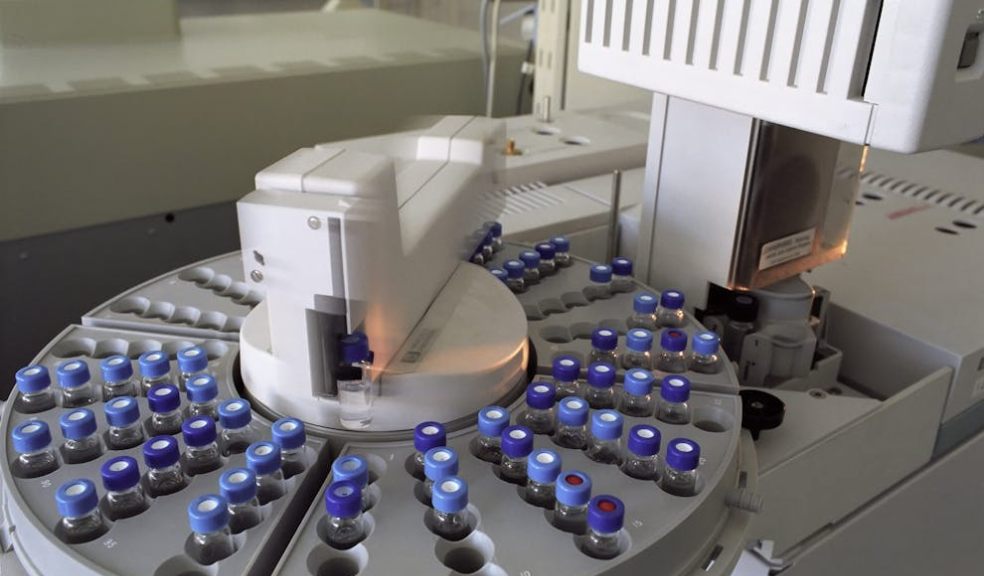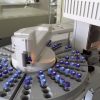
The Future of Ion Analysis: Innovations to Watch
Ion chromatography (IC) has emerged as an essential technique in analytical chemistry, primarily due to its ability to separate and analyse ions in various samples. The increasing demand for precise and efficient analysis in diverse pharmaceuticals and environmental science sectors underscores its significance. As technology advances, staying informed about the latest innovations is crucial for researchers and industry professionals. This article highlights key developments in ion analysis that promise to enhance analytical capabilities and streamline laboratory operations.
Advances in Ion Analysis Design
Recent advancements in IC design have significantly improved performance and usability. Modern systems are now more compact and user-friendly, integrating sophisticated software for data analysis and method development. Enhanced sensitivity and resolution allow for the detection of lower concentrations of ions, which is particularly beneficial in fields such as environmental monitoring and food safety testing.
For example, the latest models feature automated sample injection systems that eliminate manual steps, reduce errors, and save time. These systems enable analysts to focus on interpretation rather than preparation, increasing the efficiency of laboratory workflows. Furthermore, cutting-edge designs often include touchscreen interfaces with intuitive controls, making it easier for users to operate the equipment without extensive training.
Additionally, multi-modal detectors are being introduced, which allow simultaneous analysis of different ion types in complex samples. This innovation maximises throughput and broadens the analytical capabilities of laboratories that rely on this technique, including ion chromatographs from Metrohm. Integrating these advanced designs can lead to more efficient workflows and enhanced research outcomes.
Implementing these technologies in a lab setting allows for rapid analysis, significantly improving the quality and speed of research outcomes. For instance, laboratories can process more samples in less time, which is critical in fast-paced research environments where time is of the essence.
Green Chemistry and Sustainability Initiatives
As sustainability becomes a focal point in scientific research, ion analysis is changing to meet these demands. Innovations to reduce chemical waste and energy consumption are reshaping how laboratories operate. New developments in eco-friendly eluent compositions and the recycling of mobile phases are at the forefront of these efforts.
Researchers are actively exploring alternative solvents that are less harmful to the environment without compromising analytical performance. This transition aligns with green chemistry principles and meets increasingly stringent regulatory standards. For example, some laboratories adopt biodegradable mobile phases with high separation efficiency, thereby minimising their environmental footprint.
Implementing sustainable practices benefits the environment and enhances a laboratory's reputation. By adopting greener methods, labs can attract partnerships and funding to promote eco-friendly research initiatives. Moreover, regulatory bodies encourage laboratories to adopt practices that reduce waste and energy consumption, thus supporting a shift towards more sustainable analytical techniques.
Assessing existing processes can provide insights into possible improvements for laboratories transitioning to greener methodologies. Moreover, training staff on sustainable practices is essential for fostering a culture of environmental responsibility within the laboratory.
Integration with Advanced Technologies
The integration of ion analysis with emerging technologies is another exciting trend. Artificial intelligence (AI) and machine learning are beginning to influence how data is processed and interpreted in real time. These technologies facilitate predictive analytics, enhancing ion detection and quantification precision.
AI algorithms can analyse vast datasets to identify trends and anomalies that may not be apparent through traditional analysis methods. This capability allows researchers to make informed decisions based on data-driven insights, increasing the accuracy of their results. Furthermore, these systems can provide recommendations for method optimisation, further enhancing the efficiency of the analytical process.
Moreover, coupling IC with mass spectrometry (IC-MS) or nuclear magnetic resonance (NMR) is becoming more common. This hybrid approach allows for even more detailed analysis of complex mixtures, such as those found in biopharmaceuticals and environmental samples. By combining the strengths of these techniques, laboratories can achieve higher specificity and sensitivity, leading to more reliable analytical outcomes.
For instance, in pharmaceutical development, the ability to detect trace levels of impurities or metabolites can significantly impact drug safety and efficacy. By integrating advanced technologies with IC, researchers can ensure the quality and compliance of their products, ultimately benefiting public health.
The Role of Automation in IC
Automation transforms ion analysis by introducing high-throughput capabilities and reducing human error in sample handling and analysis. Automated systems can manage sample preparation, analysis, and data interpretation, allowing labs to increase productivity and consistency in their results.
The latest ICs are equipped with capabilities such as robotic sample handling and advanced scheduling software. These features enable laboratories to run multiple analyses simultaneously, significantly reducing the time required for extensive testing. Automating routine tasks frees personnel to engage in more complex analytical challenges, thereby enhancing job satisfaction and productivity.
For example, laboratories can set up automated sequences that allow continuous analysis overnight or on weekends. This capability maximises instrument usage and ensures valuable research time is not lost due to idle equipment. Furthermore, automated systems generate consistent data, reducing variability and improving the reliability of results.
By adopting automated IC solutions, laboratories can enhance operational efficiency and improve output quality. This boosts productivity and positions laboratories to take on larger projects, expand their service offerings, and improve their competitiveness in the market.
Future Trends in Ion Analysis
Looking forward, several trends are expected to shape the future of IC. Continuous advancements in material science may lead to new stationary phases that enhance separation efficiency and broaden the scope of ion analysis. Novel materials could allow for faster and more selective separations, catering to the increasing complexity of samples encountered in various industries.
Additionally, innovations in detector technology, such as improved conductivity detectors and diode-array detectors, are likely to offer better sensitivity and dynamic range. These advancements will enable laboratories to identify and quantify various ions, improving their analytical capabilities.
Furthermore, ongoing research into miniaturisation and portable ion analysis systems hints at a future where analysis can be performed in situ, directly at the point of need. This progression will be particularly valuable in fields such as environmental monitoring, where rapid analysis can inform immediate decision-making. Portable systems can provide real-time critical data, allowing quicker responses to ecological challenges.

















